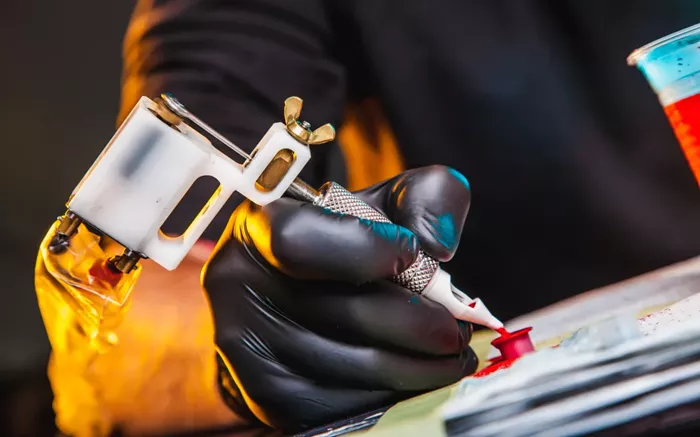As tattooing becomes increasingly popular in New Zealand, with around a quarter of the population sporting tattoos, the Environmental Protection Agency (EPA) is examining the safety of tattoo inks used in the country. The agency is conducting a review of the current regulations surrounding tattoo ink to assess whether existing safety measures are adequate.
Dr. Shaun Presow, the EPA’s hazardous substances reassessments manager, explained that the agency’s concerns stem from overseas research indicating that some tattoo inks may contain potentially harmful chemicals. In response, the EPA has launched a survey to gather information on the sourcing, production, and usage of tattoo inks in New Zealand, particularly since the ink market has expanded and more suppliers are offering inks online.
The current regulations, put in place in 2011, will be evaluated to determine if they need updating. Dr. Presow noted that the growing prevalence of tattoos, along with the increased availability of inks from international online sources, has prompted the need for closer scrutiny.
“We are looking to understand how people are obtaining tattoo inks and if there’s a need to strengthen regulations to ensure safety,” Presow said.
The survey will gather insights from a broad range of tattoo artists, including traditional Tā moko practitioners, as well as tattoo parlors across the country. The EPA is seeking to learn more about which inks are being used, their sources, and their application methods.
While the EPA is not yet making any recommendations about specific ink brands, Dr. Presow emphasized the agency’s focus on the potential presence of harmful substances such as heavy metals in certain inks. These substances can have adverse health effects.
“We are simply collecting information at this stage to ensure the rules we have in place are effectively protecting New Zealanders from hazardous chemicals in tattoo inks,” Presow explained.
As part of its mission to safeguard public health, the EPA is responsible for regulating hazardous substances, including those found in cosmetics and tattoo inks. Presow reiterated that the ongoing survey aims to ensure that New Zealand’s safety standards remain robust and effective in light of the growing tattoo trend.
Related topics:

